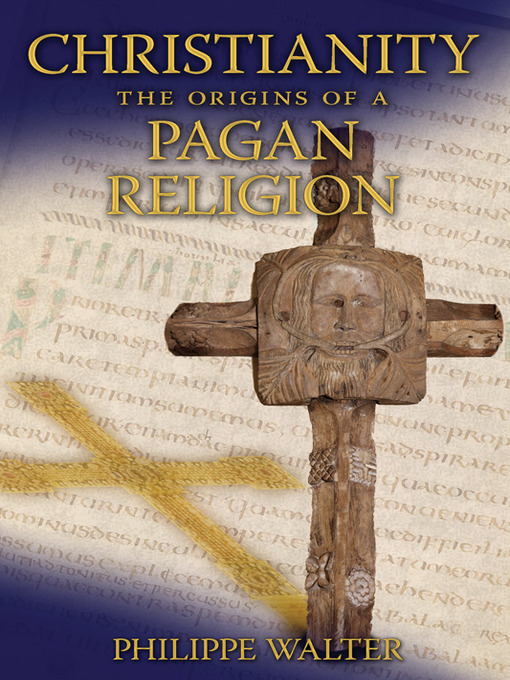This extensive study of the Christian mythology that animated medieval Europe shows that this mythology is primarily of pagan inspiration and that very little of it comes from the Bible. Pagan elements were incorporated into the Christian faith on the advice of Pope Gregory the Great, who told Saint Augustine of Canterbury that rather than tear down the pagan temples in Britain, he should instead add the pagan rituals into the mix of Christian practices, thus providing an easy transition to the new religion. It was simply a matter of convincing the populace to slightly redirect their focus to include Jesus.
RELIGION / CHRISTIAN STUDIES This extensive study of the Christian mythology that animated medieval Europe shows that this mythology was primarily inspired by pagan beliefs and that very little of it comes from the Bible. The fact that Christianity grafted itself onto earlier pagan worship was part of the design of the Church Fathers. Pagan elements were incorporated into the Christian faith on the advice of Pope Gregory the Great, who told Saint Augustine of Canterbury that rather than tear down the pagan temples in Britain, he should instead add existing pagan rituals into the mix of Christian practices, thus providing an easy transition to the new religion. It would then be a simple matter to convince the populace to slightly redirect its focus to include Jesus. In this scholarly work, Walter shows which major calendar days of the Christian year are founded on pagan rituals and myths, including the high holidays of Easter and Christmas, when many pagans prepared for the coming of spirits who would leave gifts for those who honored them. Indeed, the identities of saints and pagan figures were so intermingled that some saints were even transformed into pagan incarnations, and vice versa. Mary Magdalene, for instance, became one of the ladies of the lake of Celtic legend. Walter explores how the hagiographic accounts of Christian saints reveal the origin of these symbolic figures to be the deities worshiped in pagan Europe for centuries. PHILIPPE WALTER is a professor of medieval French literature at the Université Stendhal in Grenoble. He has published numerous books on the Middle Ages and has overseen the editing and translation of the Grail romances for the prestigious Bibliothèque de la Pléiade. He lives in France.


